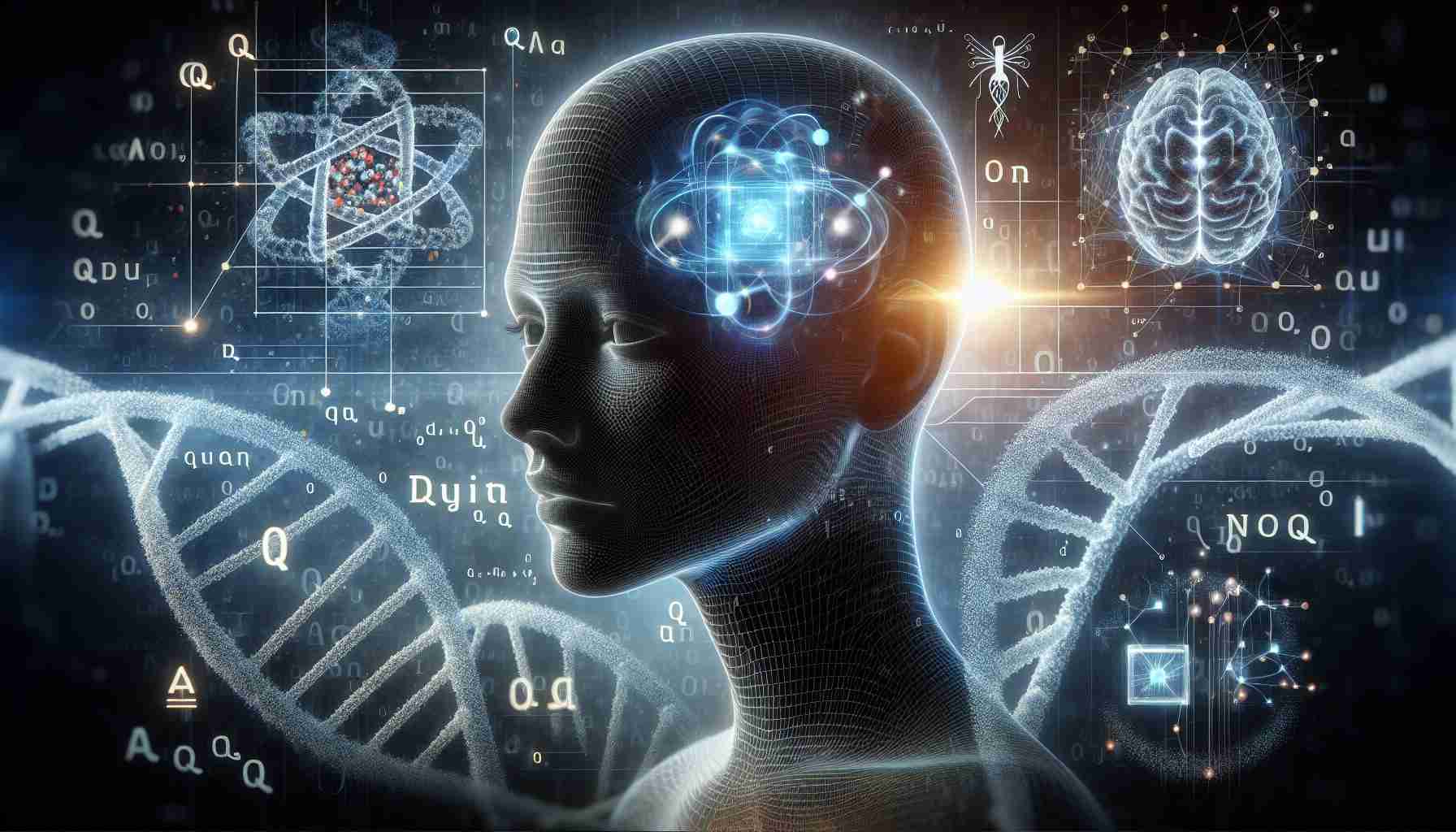Quantum computing, combined with artificial intelligence (AI) and the physics of complex systems, is revolutionizing the study of living organisms and our understanding of biological processes such as aging and disease. Researchers from Insilico Medicine have successfully integrated quantum computing and AI to gain new insights into human health, as discussed in their recent publication in the journal WIREs Computational Molecular Science.
While AI has proven effective in analyzing vast biological datasets and uncovering disease pathways, it faces challenges in comprehending the intricate interactions within the human body. To address this complexity, scientists require multimodal modeling methods capable of managing scale, algorithms, and datasets.
Alex Zhavoronkov, co-founder and co-CEO of Insilico Medicine, highlights the advantages of leveraging quantum computing and hyperscalers in terms of computational speed. As quantum computing becomes more mainstream, it holds the potential for intricate biological simulations and personalized interventions in various diseases and age-related processes.
By combining the speed and capabilities of quantum computing with the power of AI, researchers can simultaneously analyze biological data across different scales. Quantum bits, or qubits, can hold both 0 and 1 values simultaneously, offering superior computing capabilities compared to classical bits.
The field of physics-guided AI presents a promising approach to unravel the complexities of human biology. By combining physics-based models with neural networks, researchers can gain a deeper understanding of biological systems. By observing collective interactions at different scales, a comprehensive picture of biological processes emerges.
Quantum computing, together with the advancements in physics-guided AI, opens up exciting possibilities for gaining critical insights into human biology. As technology continues to advance, we are on the brink of revolutionary discoveries that will transform healthcare and improve human well-being.
FAQ:
1. What is quantum computing?
Quantum computing is a powerful tool that combines the principles of quantum mechanics with computer science to perform complex calculations and solve problems more efficiently than traditional computers.
2. How is quantum computing integrated with AI and the physics of complex systems?
Researchers from Insilico Medicine have demonstrated that by integrating quantum computing with AI and the physics of complex systems, new insights into human health and biological processes can be gained.
3. Why is quantum computing important in studying living organisms?
Quantum computing offers the potential to interpret vast amounts of biological data, allowing researchers to analyze biological processes at multiple scales simultaneously, leading to a better understanding of living organisms.
4. What are quantum bits (qubits)?
Quantum bits, or qubits, are the basic units of information in quantum computing. Unlike classical bits which can only hold either 0 or 1, qubits can hold both 0 and 1 values simultaneously, enabling superior computing capabilities.
5. What is physics-guided AI?
Physics-guided AI is an emerging field that combines physics-based models with neural networks to gain a deeper understanding of biological systems. By observing collective interactions of small-scale elements at larger levels of reality, a comprehensive picture of biological processes emerges.
Link: [Insilico Medicine](https://www.insilico.com) – Official website of Insilico Medicine, the organization mentioned in the article.
The source of the article is from the blog regiozottegem.be
